Nestled in the scenic old quarter of Hanoi, Hang Bo Street stands out not just for its vibrant marketplace but for its deep-rooted historical essence. Once known as Rue des Paniers during the colonial French era, this street draws both locals and tourists alike, offering a glimpse into the rich tapestry of Vietnamese culture.
Over the years, Hang Bo has evolved from a center for bamboo crafts to a bustling hub for garment accessories, all while maintaining its traditional spirit. Visitors are not only treated to a cultural experience but also to a culinary journey that encapsulates the essence of Hanoi. This exploration of Hang Bo Street reveals the unique blend of history, craftsmanship, and contemporary life that makes this street a must-visit.
What is Hang Bo Street Known For?
Hang Bo Street is steeped in cultural significance, primarily noted for its historical craft of bamboo weaving. The name itself evokes images of artisans diligently creating various types of baskets and bamboo products, essential to the daily life of Vietnamese people. The street stretches 272 meters and connects notable locations within the old quarter, making it a focal point for both commerce and culture.
Visitors will find themselves captivated by the following offerings on Hang Bo Street:
- Bamboo Crafts: The traditional craftsmanship still thrives here. Many shops sell intricately woven baskets, fish traps, and decorating items, with craftsmen often showcasing their skills right on the street. This craftsmanship not only reflects the skills passed down through generations, it also serves as a vibrant symbol of Vietnamese heritage.
- Garment Accessories: As times change, so do the demands of commerce. Today, Hang Bo is prominent for an array of garment accessories, featuring buttons, zippers, and ribbons. These products appeal to both locals engaged in tailoring and tourists eager to take a piece of Vietnam back home.
- Street Food: The culinary offerings are another highlight of the street, where vendors serve mouthwatering local dishes that encapsulate the rich flavors of Vietnam. From crispy banh xeo (Vietnamese pancakes) to fragrant pho, the street is a feast for the senses, appealing to food enthusiasts from all walks of life.
- Cultural Significance: Beyond commerce, Hang Bo has played a vital role in various historical movements. It’s a space where artists, revolutionaries, and everyday citizens converged, marking it as a spot of both social and historical importance.
The street serves as a bridge between the old and the new, intertwining history with modern Vietnamese life. Visitors can fully immerse themselves in the uniquely vibrant atmosphere, exploring the traditional while indulging in contemporary experiences.
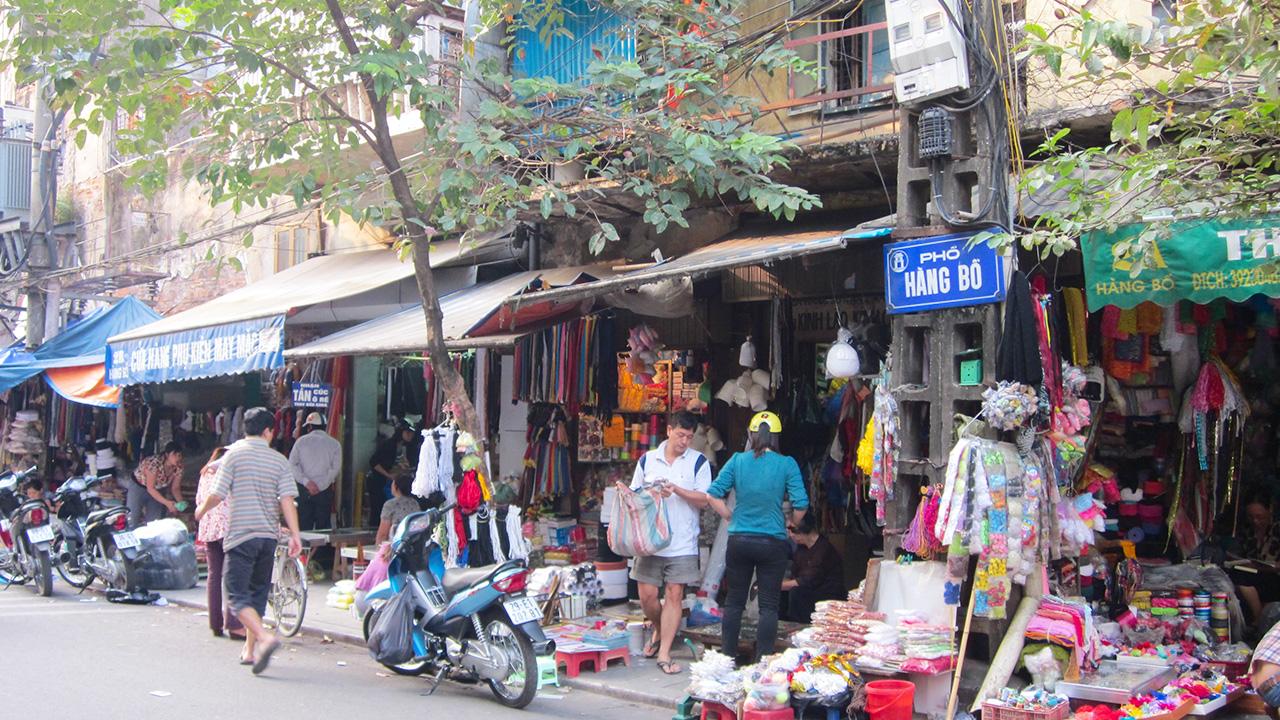
Historical Significance of Hang Bo Street
Hang Bo Street carries significant historical weight, representing various phases of Vietnamese history from the era of French colonialism to modern-day Vietnam. Originally named Rue des Paniers, it was a center for basket weaving during colonial times, essential for local trade and daily life.
The street’s historical journey can be broken down into a few key highlights:
- Colonial Era: In the French colonial period, Hang Bo was bustling with activity, with local artisans selling their hand-woven products. Even today, the architectural design reflects a blend of Vietnamese and French influences, offering a window into the past.
- Cultural Hub: Throughout various periods, the street also acted as a meeting point for cultural exchanges. It was common to see artists displaying their crafts, especially during festivals like Tet, where locals gathered to buy festive decorations, thus solidifying its role as a cultural nexus.
- Political Significance: During critical moments in Vietnam’s history, such as the revolutionary movements in the 20th century, Hang Bo Street witnessed numerous rallies and gatherings. Today, it stands as a testament to those who fought for independence, etched into the urban fabric of Hanoi.
- Preservation of Tradition: The persistence of traditional crafts in the face of modernization speaks volumes to the dedication of the artisans who inhabit this street. Their ability to maintain these remarkable skills allows Hang Bo to represent a living history, fostering appreciation among newer generations.
The juxtaposition of its historical relevance with the vibrancy of modern commerce makes Hang Bo Street an essential destination for anyone seeking to understand the layers of culture that define Hanoi.
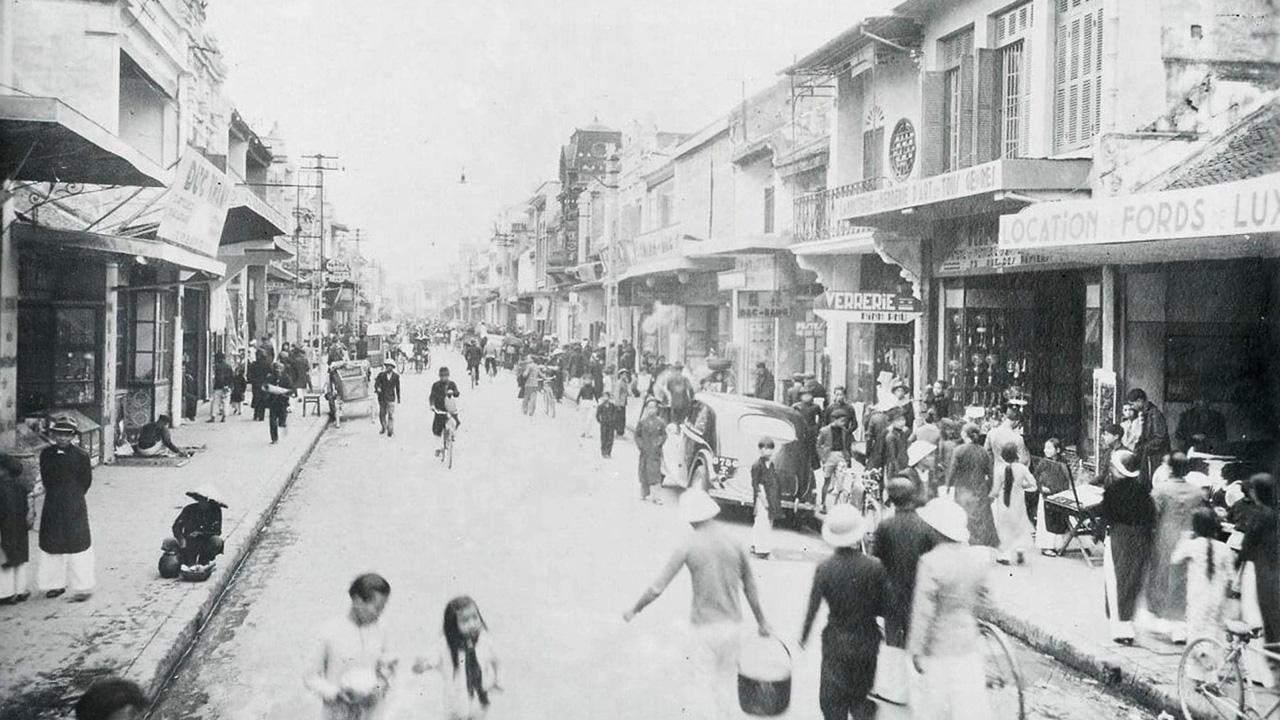
Key Attractions on Hang Bo Street
Hang Bo Street offers a myriad of attractions that cater to diverse interests, ensuring every visitor finds something captivating. From traditional artisan shops to local eateries, the street showcases the rich culture of Hanoi. Here’s what you can expect to find:
- Artisan Shops: Stroll along the street and visit various shops that sell handcrafted bamboo products. Here, you’ll not only find traditional items but also contemporary designs that incorporate local materials. These shops are frequently run by families who have passed down their skills through generations, providing a personal touch to every purchase.
- Street Vendors: Food stalls are abundant on Hang Bo, with offerings that range from savory snacks to full meals. The lively atmosphere from the street vendors creates an engaging dining experience, where conversations intermingle with the sounds of sizzling pans and laughter.
- Cultural Displays: Local artists often set up stalls or display their works, ranging from paintings to traditional calligraphy. These displays not only beautify the street but also offer a unique insight into the artistic expressions of Vietnamese culture.
- Proximity to Landmarks: Hang Bo’s location makes it a perfect base for exploring nearby attractions, such as Hoan Kiem Lake and the bustling Dong Xuan Market. These sites are easily accessible on foot, allowing visitors to immerse themselves in the Old Quarter’s vibrant atmosphere.
- Seasonal Events: The street comes alive during festivals, displaying colorful decorations and special performances. A visit during Tet (Lunar New Year) or other local celebrations will provide an unparalleled experience showcasing traditional customs.
By emphasizing both tradition and modernity, Hang Bo Street serves as an enchanting gateway into the heart of Hanoi, inviting exploration and discovery at every turn.

Local Cuisine and Street Food at Hang Bo Street
Hang Bo Street is a haven for food lovers. Here, the culinary scene thrives, showcasing a blend of traditional Vietnamese dishes and innovative fusion snacks. A stroll down the street presents an opportunity to taste the diverse flavors of Hanoi, with vendors serving classic street food that is not only delicious but also affordable.
- Signature Dishes: Key offerings include:
- Pho: Renowned as Vietnam’s most famous dish, visitors can find various vendors serving steaming bowls of this beloved noodle soup, featuring aromatic broth, fresh herbs, and your choice of meat.
- Banh Xeo: Famous for crispy edges and a savory filling, these Vietnamese pancakes are a must-try and are often enjoyed with fresh vegetables and dipping sauces.
- Bun Cha: A classic Hanoi dish, featuring grilled pork served with rice noodles and a side of fresh herbs, this dish embodies the flavors of the region.
- Affordability: Prices for street food generally range from approximately 20,000 VND to 50,000 VND per dish. Visitors can indulge in a meal without breaking the bank, making it easy to sample various offerings.
- Social Experience: Eating on Hang Bo Street is not merely about the food; it’s an engaging social activity. Locals and tourists alike gather at makeshift tables, enjoying dishes surrounded by vibrant conversation and the sounds of the bustling street.
- Health and Freshness: The emphasis on fresh ingredients means dining here is usually very healthy. Many dishes come loaded with fresh herbs and vegetables, indicative of the health-conscious approach that characterizes Vietnamese cuisine.
- Unique Flavors: Besides the main dishes, don’t miss trying local drinks such as fresh coconut juice or traditional Vietnamese coffee, which adds an authentic touch to the culinary adventure.
Visiting Hang Bo Street offers a sensory feast as much as a visual one, making the culinary experience an integral part of anyone’s journey through Hanoi.

Shopping Experience on Hang Bo Street
The shopping experience on Hang Bo Street is an encounter with traditional Vietnamese craftsmanship blended seamlessly with contemporary retail. Shoppers can immerse themselves in a marketplace that appeals to both the eye and the wallet.
- Artisan Goods: The street is a treasure trove of artisanal products, mainly focused on bamboo crafts. You will find a variety of handcrafted items, including:
- Baskets and Storage Solutions: Beautifully woven products that not only serve practical purposes but also enhance home decor.
- Decorative Art Pieces: Unique items such as wall sconces or handcrafted furniture made from bamboo, showcasing the skill of local artisans.
- Textiles and Accessories: Aside from bamboo items, many shops feature textiles that highlight traditional Vietnamese patterns and designs. Items like silk scarves, handmade purses, and embroidered clothing items offer souvenirs that reflect local artistry.
- Comparison with Other Markets: While shopping at Hang Bo, visitors might consider the comparison with other markets such as Dong Xuan Market, which tends to feature a wider variety of goods. In contrast, Hang Bo specializes in curated crafts, enabling a more focused shopping experience.
- Vibrant Atmosphere: The lively ambiance created by shopkeepers and shoppers alike enhances the overall experience. It is common to see artisans at work, allowing visitors to witness firsthand the intricate processes behind their products.
- Bargaining Culture: Shopping here involves some friendly bargaining. Visitors should approach with a mindset to negotiate prices, which is customary in Vietnamese culture and adds an engaging element to the shopping experience.
Hang Bo Street’s shopping scene is not merely about acquiring goods; it’s about experiencing the essence of Vietnamese culture through craftsmanship and vibrant commerce.
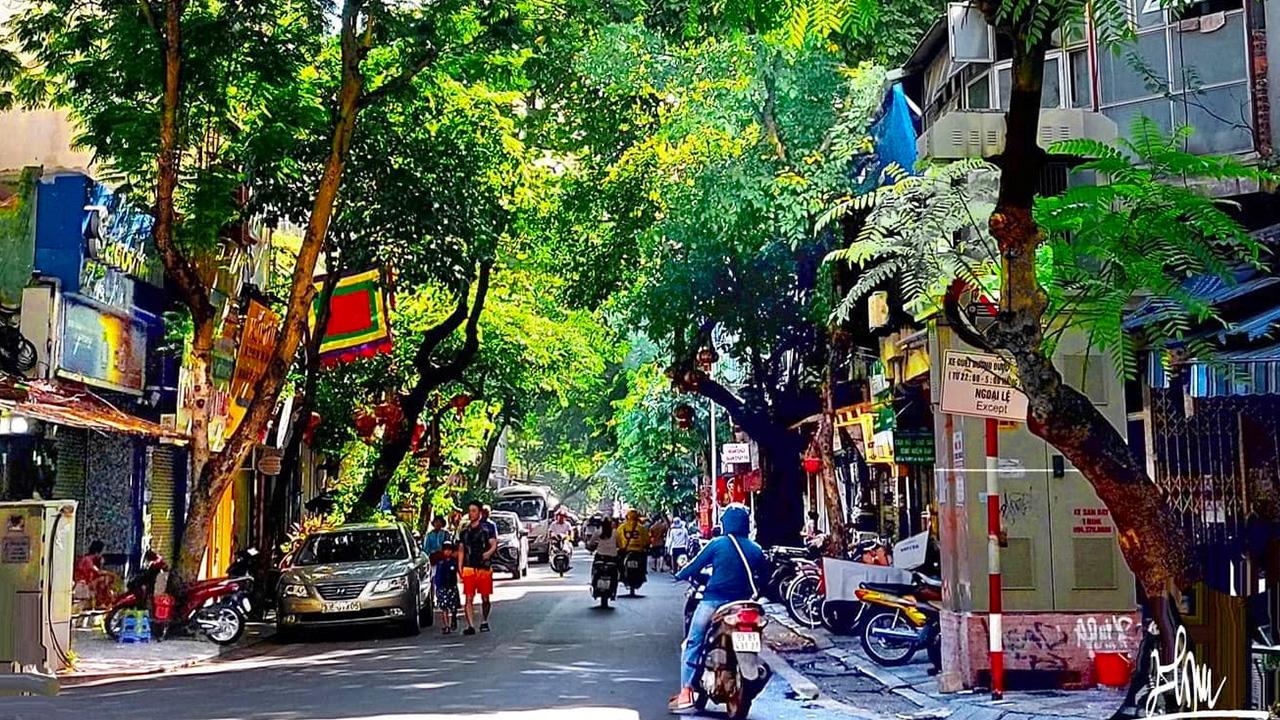
Cultural Events and Festivals at Hang Bo Street
Cultural events and festivals play a vital part in the tapestry of life on Hang Bo Street, making it a lively venue for both locals and visitors. Throughout the year, the street transforms into a vibrant celebration of Vietnamese culture, showcasing traditions that have stood the test of time.
- Tet Festival: The most notable event each year is Tet, the Lunar New Year festival, where Hang Bo becomes adorned with decorations, colors, and offerings for the new year. Special vendors appear, selling traditional items such as peach blossom branches, kumquat trees, and various seasonal foods.
- Cultural Performances: During important festivals, you may find local artists performing traditional music or folk dances, engaging the crowd and sharing the rich heritage of Vietnam. Events like these foster a sense of community and offer an immersive cultural experience.
- Art Exhibitions: Many artists take advantage of the foot traffic on Hang Bo during festivals to showcase their art, offering viewers a combination of traditional and contemporary Vietnamese art styles. This diverse expression reflects the innovative spirit of the local artistic community.
- Food Festivals: There are times when special food festivals occur, highlighting local cuisine and offering a range of traditional dishes in a lively atmosphere. These events become networking opportunities for culinary enthusiasts and local chefs, promoting cultural exchange.
- Seasonal Celebrations: Throughout the year, different local events emphasize various aspects of Vietnamese culture, whether it’s celebrating the Mid-Autumn Festival with lantern displays or summer activities aimed at promoting indigenous crafts.
For visitors, experiencing these cultural events on Hang Bo Street not only adds depth to their understanding of Vietnamese traditions but also provides memorable moments filled with joy and community spirit.
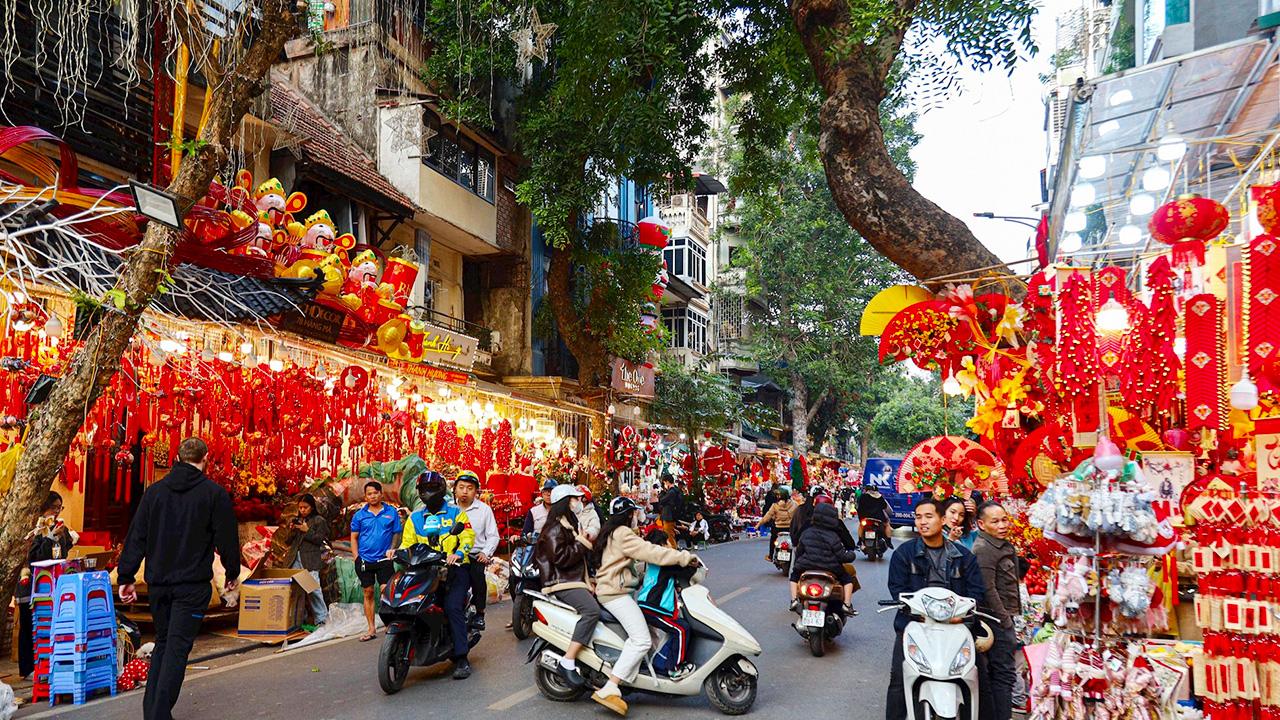
Comparison of Hang Bo Street with Other Streets in Hanoi
Hang Bo Street, while unique, can be intriguing to compare with other streets in Hanoi, each offering distinct experiences. Here’s how Hang Bo holds its ground against its nearby counterparts.
| Aspect | Hang Bo Street | Ta Hien Street |
|---|---|---|
| Ambiance | More relaxed and focused on artisanal and traditional crafts. | Vibrant nightlife with bars, cafes, and food stalls. |
| Shopping Offerings | Specializes in bamboo products, local textiles, and souvenirs. | Focuses on nightlife artifacts, drinks, and casual dining. |
| Culinary Scene | Street food that highlights traditional Vietnamese cuisine. | Exciting street food options catering to nightlife cravings. |
| Cultural Events | Frequent traditional celebrations and artisan displays. | More modern and nightlife-oriented entertainment. |
| Accessibility | Nestled within the old quarter; close to cultural landmarks. | Access through nightlife routes; can be congested at night. |
The comparative analysis highlights Hang Bo’s strength in preserving cultural heritage through traditional crafts and its culinary richness. On the other hand, Ta Hien Street caters more to the nightlife crowd, drawing in those looking for an energetic atmosphere.
In essence, each street serves its purpose in Hanoi’s landscape, and both contribute to the city’s overall vibrant spirit. By visiting both, you’ll experience the multifaceted nature of Hanoi.
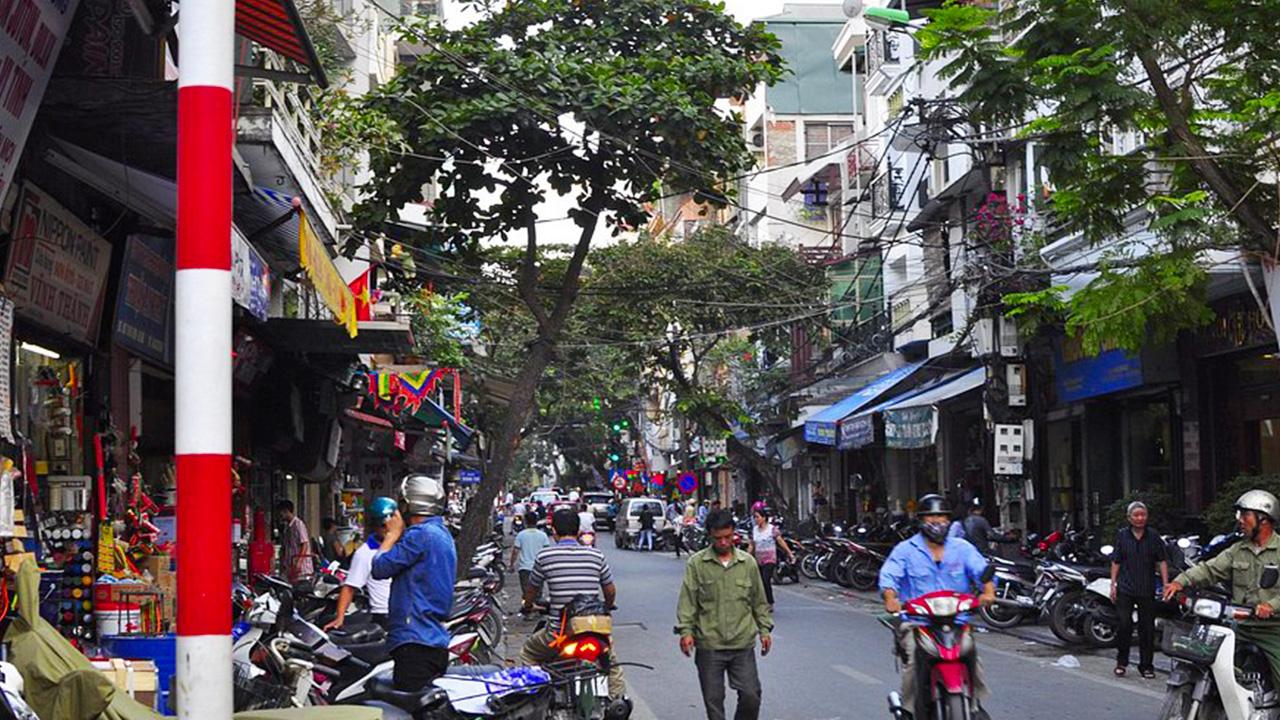
Local Transportation Options to Access Hang Bo Street
Accessing Hang Bo Street is relatively straightforward, thanks to the multitude of transportation options available throughout Hanoi.
- Public Buses: Budget-friendly buses serve as a great option for locals and tourists alike. The bus network connects various landmarks within the city to the Old Quarter. Recommended routes include:
- Bus Route 22: Directly connects major attractions to Hang Bo.
- Bus Route 01: Another option available for reaching the area.
- Taxis: Taxis offer a convenient way for travelers looking for direct transport. It is advisable to use reputable companies like Mai Linh and Taxi CP. The average cost for a trip within the old quarter ranges from 30,000 VND to 80,000 VND, depending on the distance.
- Motorcycle Taxis (Xe Om): For a more local experience, motorcycle taxis are an efficient way to navigate the busy streets of Hanoi. Prices generally range from 10,000 to 15,000 VND per kilometer. Always ensure to negotiate the fare in advance to avoid confusion.
- Ride-Hailing Apps: Services such as Grab have gained popularity in Hanoi, offering a convenient alternative to traditional taxis. With these apps, users can easily book rides, eliminating potential language barriers with drivers.
- Walking: For those already in the Old Quarter, walking is one of the best ways to explore Hang Bo. The narrow, bustling streets offer a unique charm, allowing travelers to discover hidden gems and interact with vendors.
With these transportation options, accessing Hang Bo Street becomes an easy part of exploring Hanoi’s captivating culture and history.

Recommended Itineraries Including Hang Bo Street
Planning a trip to Hang Bo Street can be greatly enhanced by incorporating a well-structured itinerary. Here’s a sample day plan that allows visitors to enjoy the best of this vibrant area.
Morning:
- Kick Off at Hoan Kiem Lake: Start your day with a scenic walk around Hoan Kiem Lake, just a stone’s throw away from Hang Bo. Enjoy the serene atmosphere and beautiful morning light.
- Visit Historical Attractions: After the lake, spend some time visiting nearby attractions like Ngoc Son Temple, which provides insight into local legends and history.
Midday:
- Stroll Down Hang Bo Street: Explore the street shops selling bamboo crafts, textiles, and unique souvenirs. Interact with artisans and learn about their craftsmanship.
- Lunch at Local Eateries: Stop by a popular eatery to indulge in traditional Vietnamese dishes such as bun cha or pho, experiencing the local flavors firsthand.
Afternoon:
- Dong Xuan Market: Take a short walk to Dong Xuan Market, one of the largest markets in Hanoi. Here, you can explore a diverse range of goods reflecting the vibrant culture of the city.
- Continue Shopping on Hang Bo: Return to Hang Bo and delve deeper into artisan shops, picking up unique gifts and handcrafted items.
Evening:
- Culinary Discoveries: As the sun sets, Hang Bo comes alive with street food stalls. Enjoy dinner sampling various local dishes, from banh xeo to grilled meats.
- Night Stroll: End your day with a leisurely stroll to enjoy the illuminated charm of the Old Quarter, experiencing the atmosphere of nightlife in Hanoi.
This itinerary allows you to immerse yourself in the local culture, ensuring a rich experience at Hang Bo Street while exploring the wonders of Hanoi.
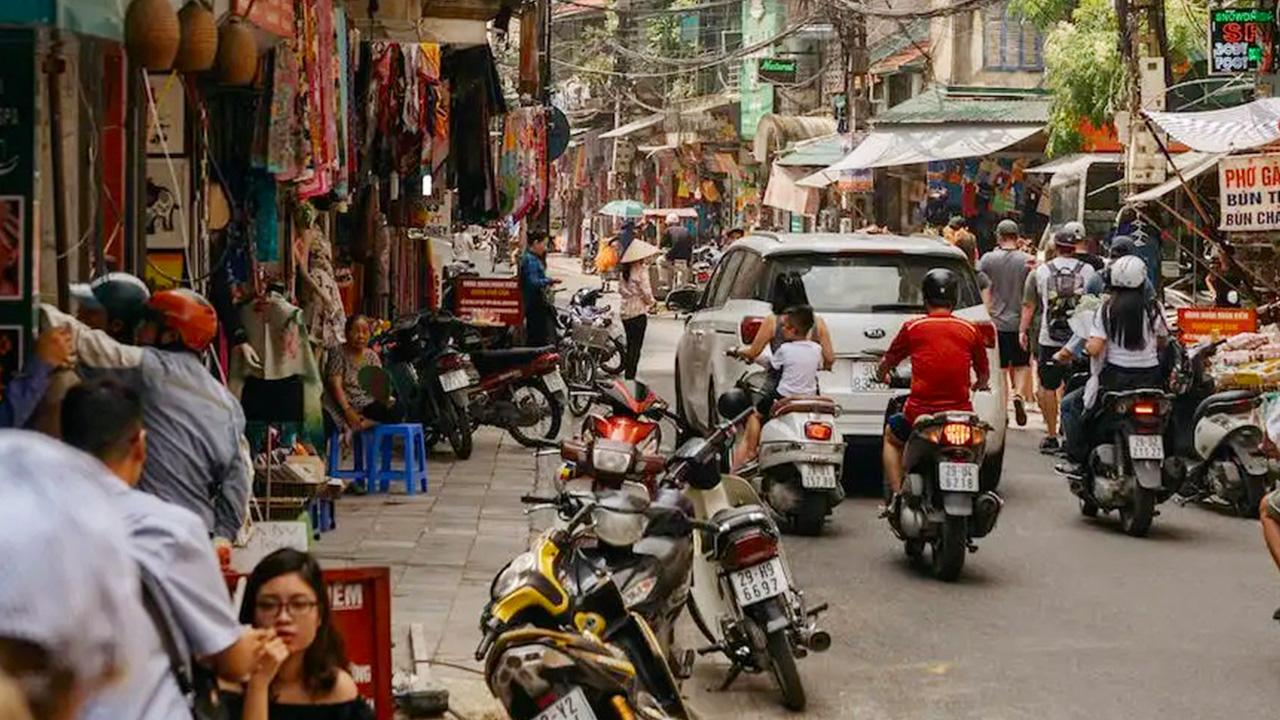
Visitor Tips for Exploring Hang Bo Street
Before embarking on your journey to Hang Bo Street, consider these tips to ensure a smooth and enjoyable experience:
- Timing: Visiting during the day is great for shopping and enjoying food stands. For a lively atmosphere, consider returning in the evening to savor street food as night falls.
- Comfortable Footwear: Prepare for a lot of walking! Wear comfortable shoes to explore the street and its neighboring attractions fully.
- Learn Basic Vietnamese Phrases: A few simple phrases can be beneficial when interacting with local vendors. Phrases like “Cảm ơn” (Thank you) or “Bao nhiêu?” (How much?) can enhance your experience.
- Keep Personal Belongings Secure: As with any busy marketplace, ensure to keep your belongings secure, especially during peak hours.
- Bargaining Skills: Engage in the local culture of haggling. It’s common practice, so don’t hesitate to negotiate prices with vendors at the shops and stalls.
By following these suggestions, visitors can enhance their exploration of Hang Bo Street, ensuring that it’s both memorable and enjoyable.
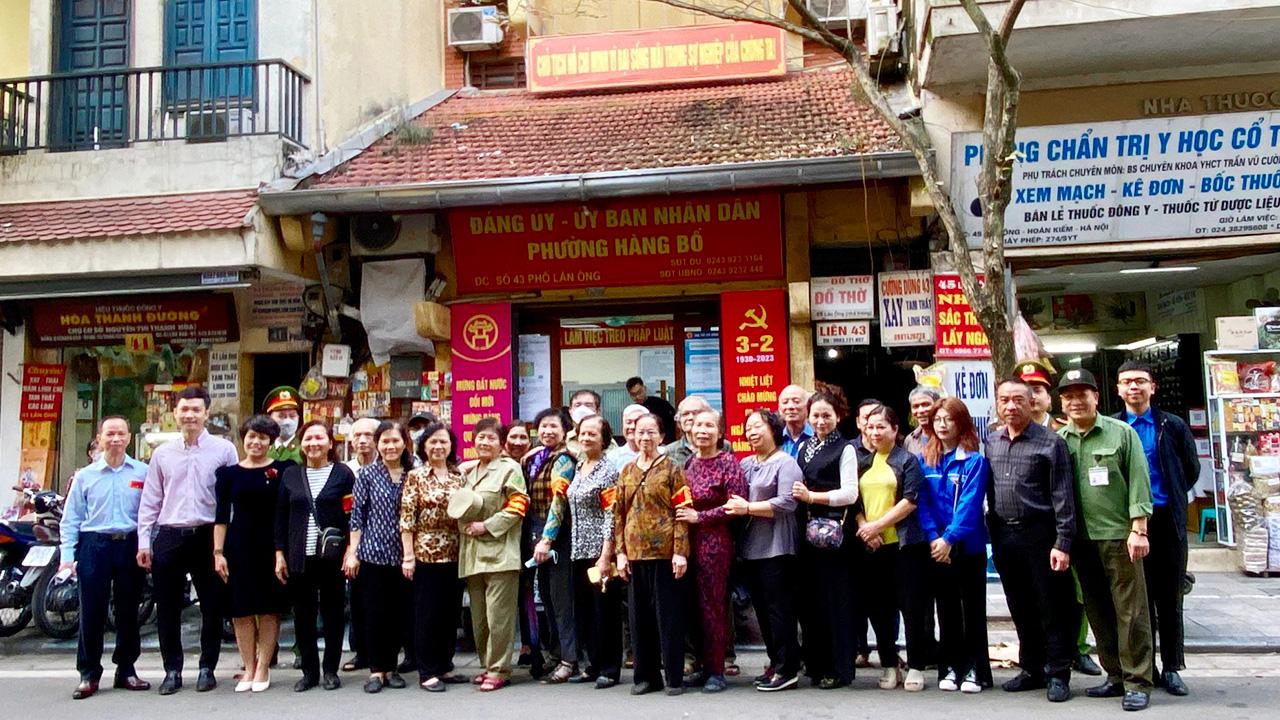
FAQs
1. What is the best time to visit Hang Bo Street?
Visiting during the day is ideal for shopping and enjoying local street food, but evenings provide a lively atmosphere with bustling food stalls.
2. Are there any specific cultural events on Hang Bo Street?
Yes, seasonal events such as Tet (Lunar New Year) and local festivals often feature on Hang Bo, showcasing traditional crafts and culinary delights.
3. What types of items can I buy on Hang Bo Street?
You can find a variety of bamboo crafts, garments, accessories, and unique decorative items reflecting traditional Vietnamese craftsmanship.
4. Is street food safe to eat on Hang Bo Street?
Yes, street food is generally safe to eat; however, it’s best to choose busy stalls where local customers eat, ensuring the food is fresh.
5. How do I get to Hang Bo Street from Hoan Kiem Lake?
It’s a short walk from Hoan Kiem Lake; simply head northwest into the Old Quarter, and you’ll reach Hang Bo Street easily.
Key Takeaways
- Hang Bo Street blends traditional craftsmanship with contemporary culture.
- The street is famous for its bamboo products and vibrant street food.
- Cultural events and festivals make Hang Bo a lively attraction throughout the year.
- Visitors are encouraged to explore historical relevance while enjoying shopping and dining.
- Engaging with locals offers an authentic taste of Hanoi’s rich heritage.
Conclusion
In conclusion, Hang Bo Street in Hanoi is more than just a market; it’s a cultural experience that encapsulates the essence of Vietnamese heritage. Through its rich history, vibrant artisan crafts, and mouthwatering street food, the street offers visitors an authentic glimpse into local life. Each corner presents a unique opportunity to engage with history, artistry, and cuisine, making it an essential stop for anyone exploring Hanoi. Whether you’re shopping for handcrafted goods, indulging in delicious dishes, or participating in cultural events, Hang Bo Street provides a rich, immersive experience that leaves lasting memories. For travelers seeking to understand the heart of Hanoi, this bustling street stands as a reflective mirror of the city’s vibrant culture and welcoming spirit.


